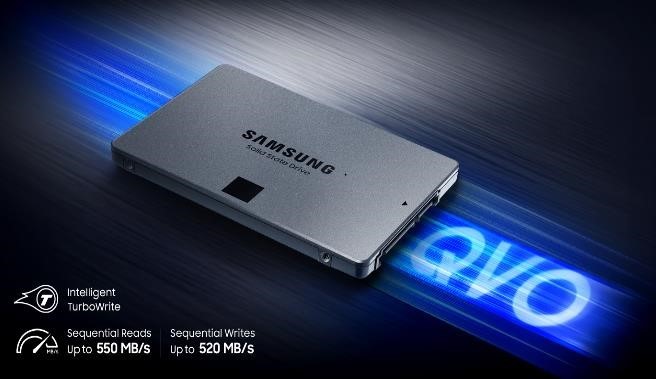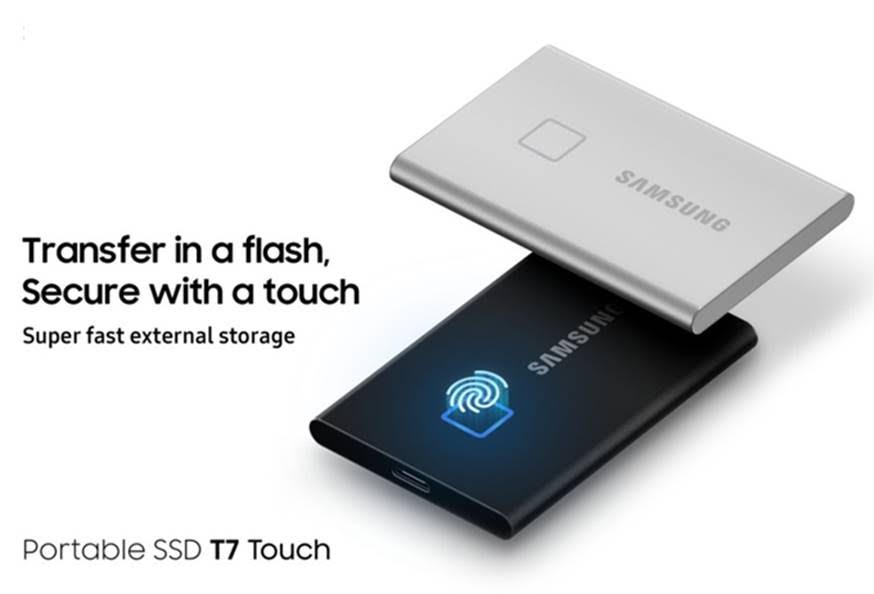1PB, or 1000TB, seems like an enormous amount of storage, especially considering that it takes the average user a significant number of files, contents, and games to fill just a couple of TBs. However, the pursuit of denser flash chips continues and might soon reach another high all thanks to Samsung.
 According to a TweakTown follow-up post, the Korean giant will soon ship products featuring its industry-leading 9th Gen V-NAND flash, which boasts 290 layers. Additionally, Samsung announced its forthcoming 10th Gen V-NAND, which will include 430 layers.
According to a TweakTown follow-up post, the Korean giant will soon ship products featuring its industry-leading 9th Gen V-NAND flash, which boasts 290 layers. Additionally, Samsung announced its forthcoming 10th Gen V-NAND, which will include 430 layers.
Specifically, the latter is further highlighted by a recent paper led by Ph.D. student Giwuk Kim from the Korea Advanced Institute of Science and Technology (KAIST)’s Department of Electrical Engineering. The paper, co-authored by Samsung Electronics, explores Hafnia Ferroelectrics and various analyses pointing to the development of smaller, more efficient capacitors and memory chips.
The involvement of Samsung Electronics in this research indicates their interest in these advancements, although details about their level of involvement are still unknown.
The paper is titled “In-depth Analysis of the Hafnia Ferroelectrics as a Key Enabler for Low Voltage & QLC 3D VNAND Beyond 1K Layer Experimental Demonstration and Modeling.” and here’s a quick summary of the research findings:
“We experimentally demonstrate a remarkable performance improvement, boosted by the interaction of charge trapping & ferroelectric (FE) switching effects in metal-band engineered gate interlayer (BE-G.IL)-FE-channel interlayer (Ch.IL)-Si (MIFIS) FeFET. The MIFIS with BE-G.IL (BE-MIFIS) facilitates the maximized ‘positive feedback’ (Posi. FB.) of dual effects, leading to low operation voltage (VPGM/VERS: +17/-15 V), a wide memory window (MW: 10.5 V) and negligible disturb at a biased voltage of 9 V.
Furthermore, our proposed model verifies that the performance enhancement of the BE-MIFIS FeFET is attributed to the intensified posi. FB. This work proves that the hafnia FE can play as a key enabler in extending the technology development of 3D VNAND, which is currently approaching a state of stagnation.”
Although such cutting-edge technology will inevitably be developed, initial manufacturing challenges and low yield rates will likely keep prices high. Thus, it will probably first appear in enterprise SSDs before eventually becoming available to consumers.






